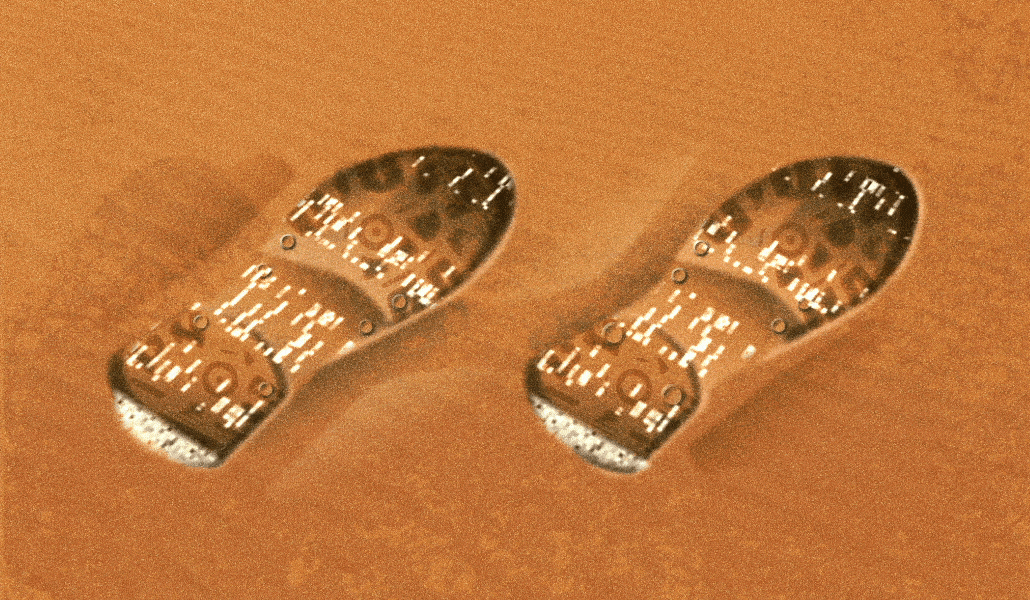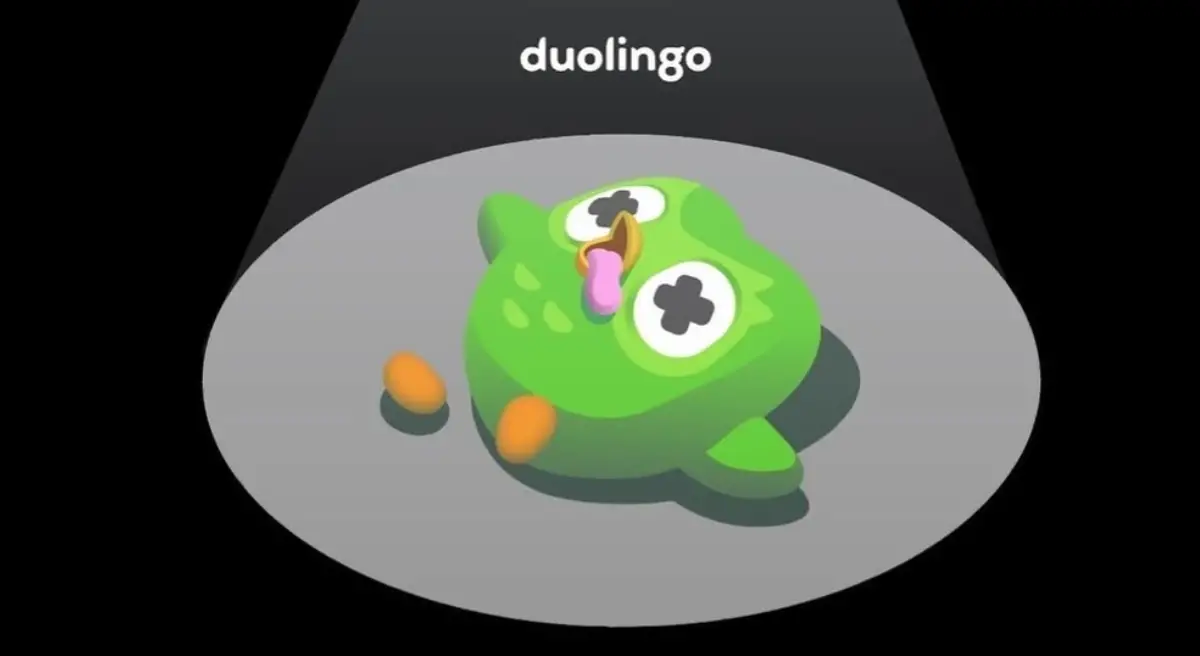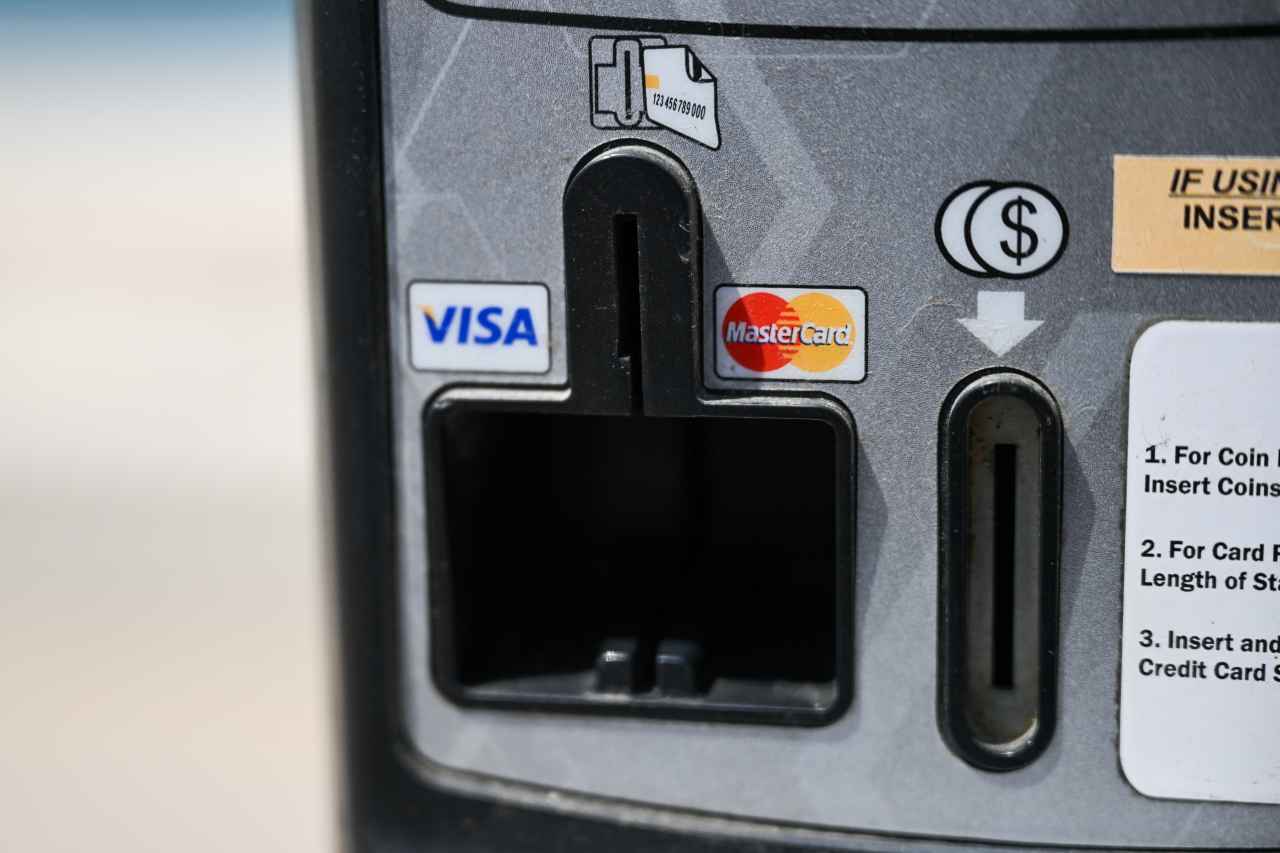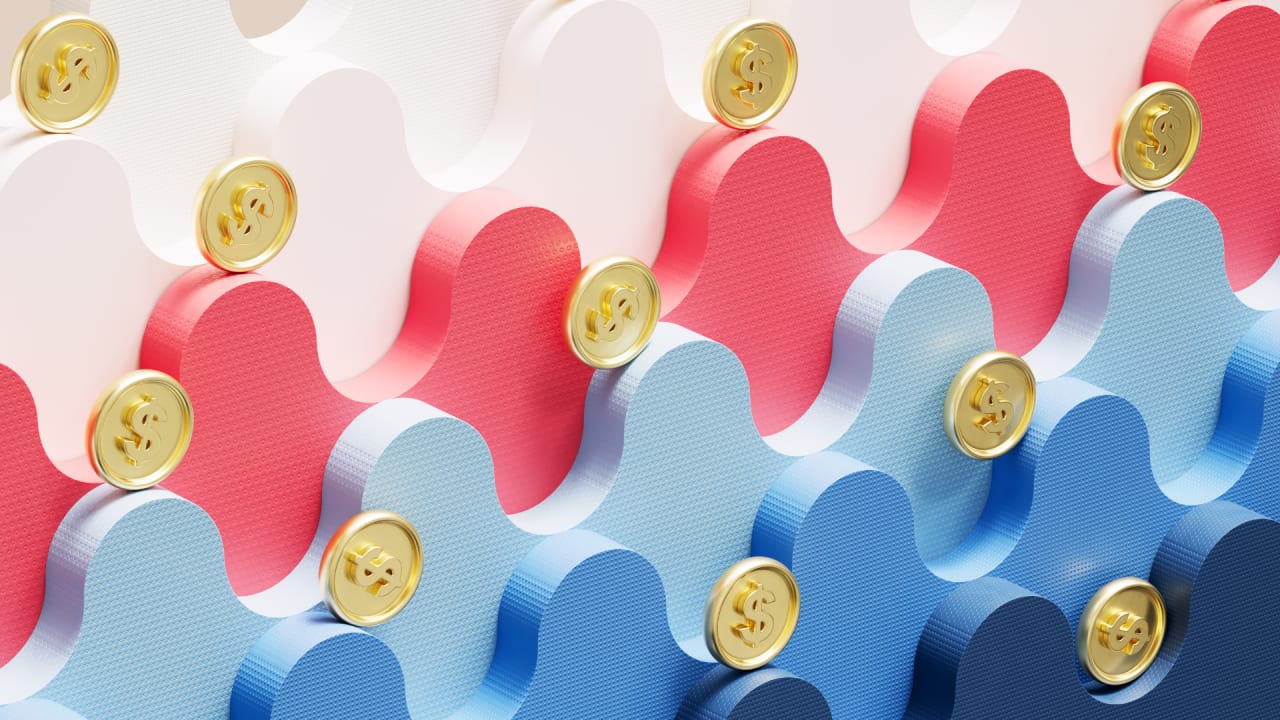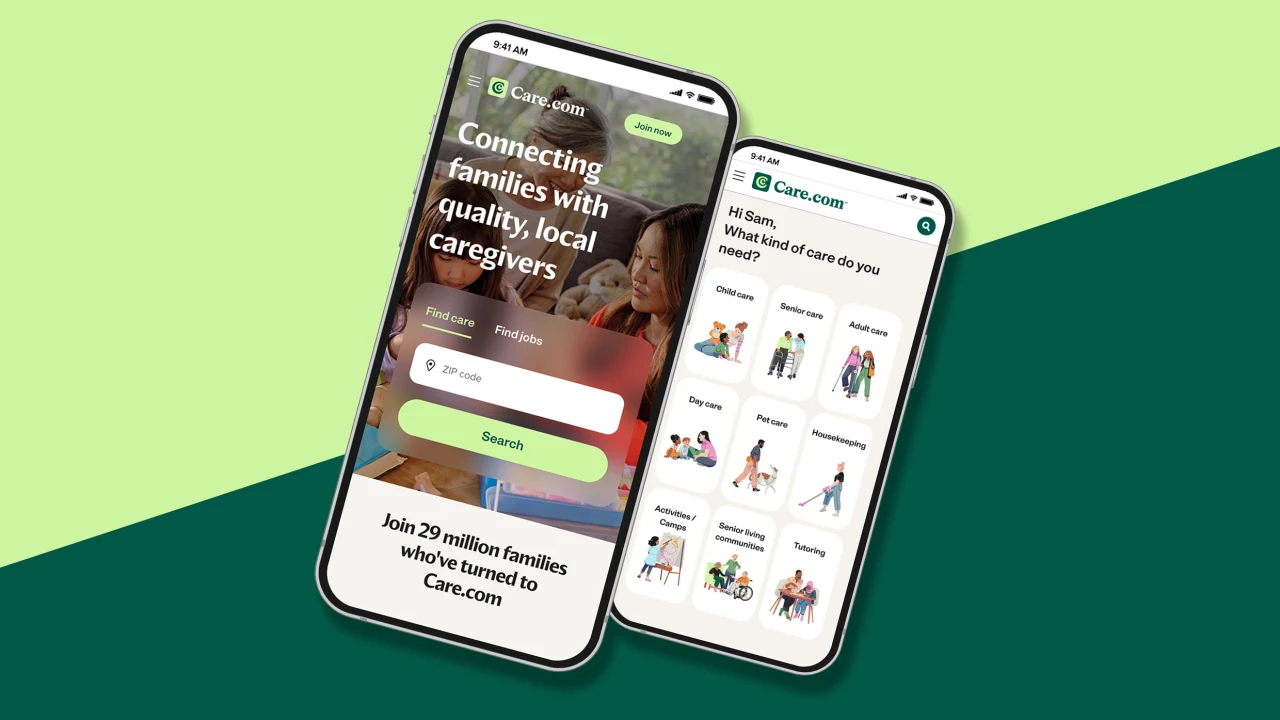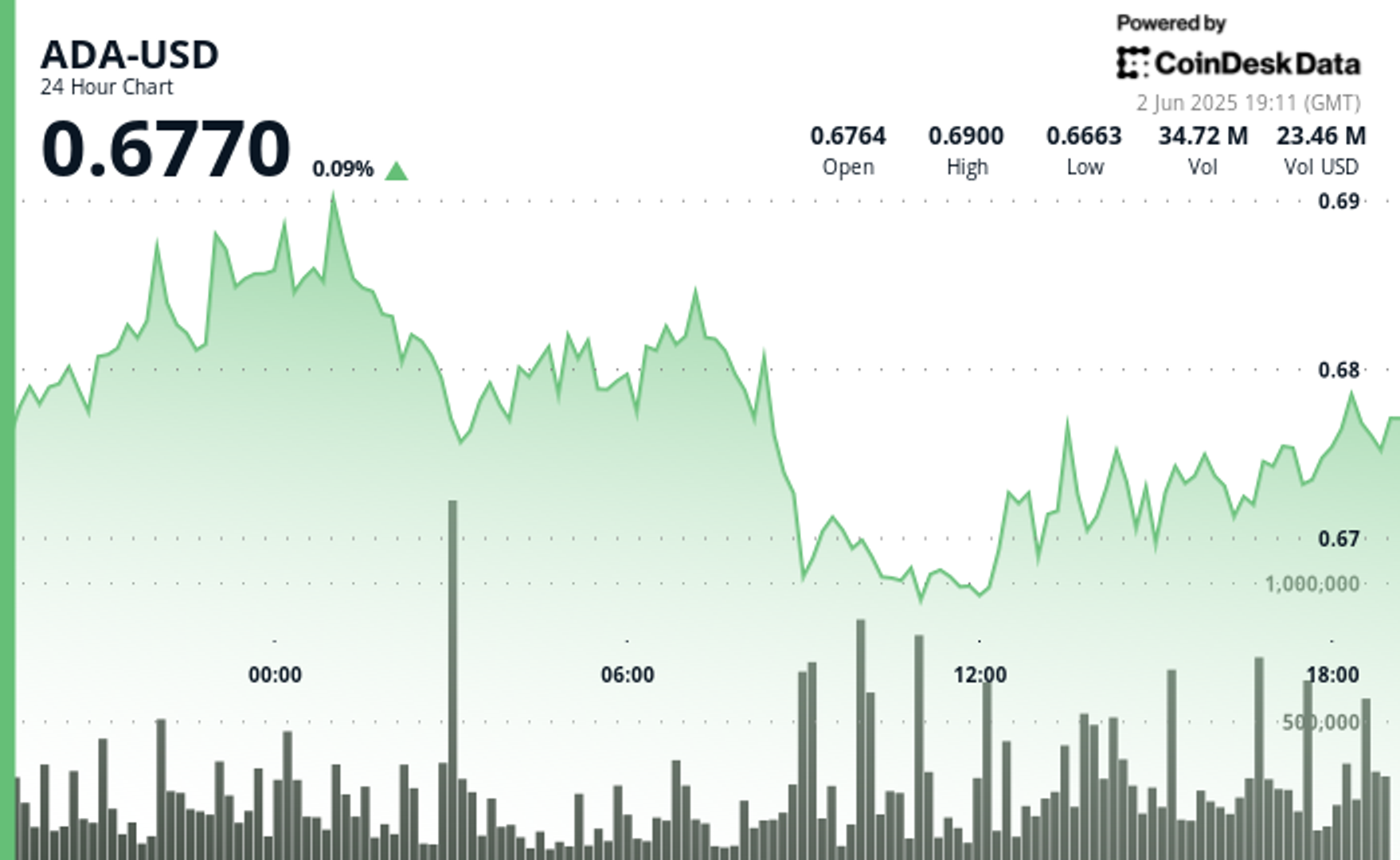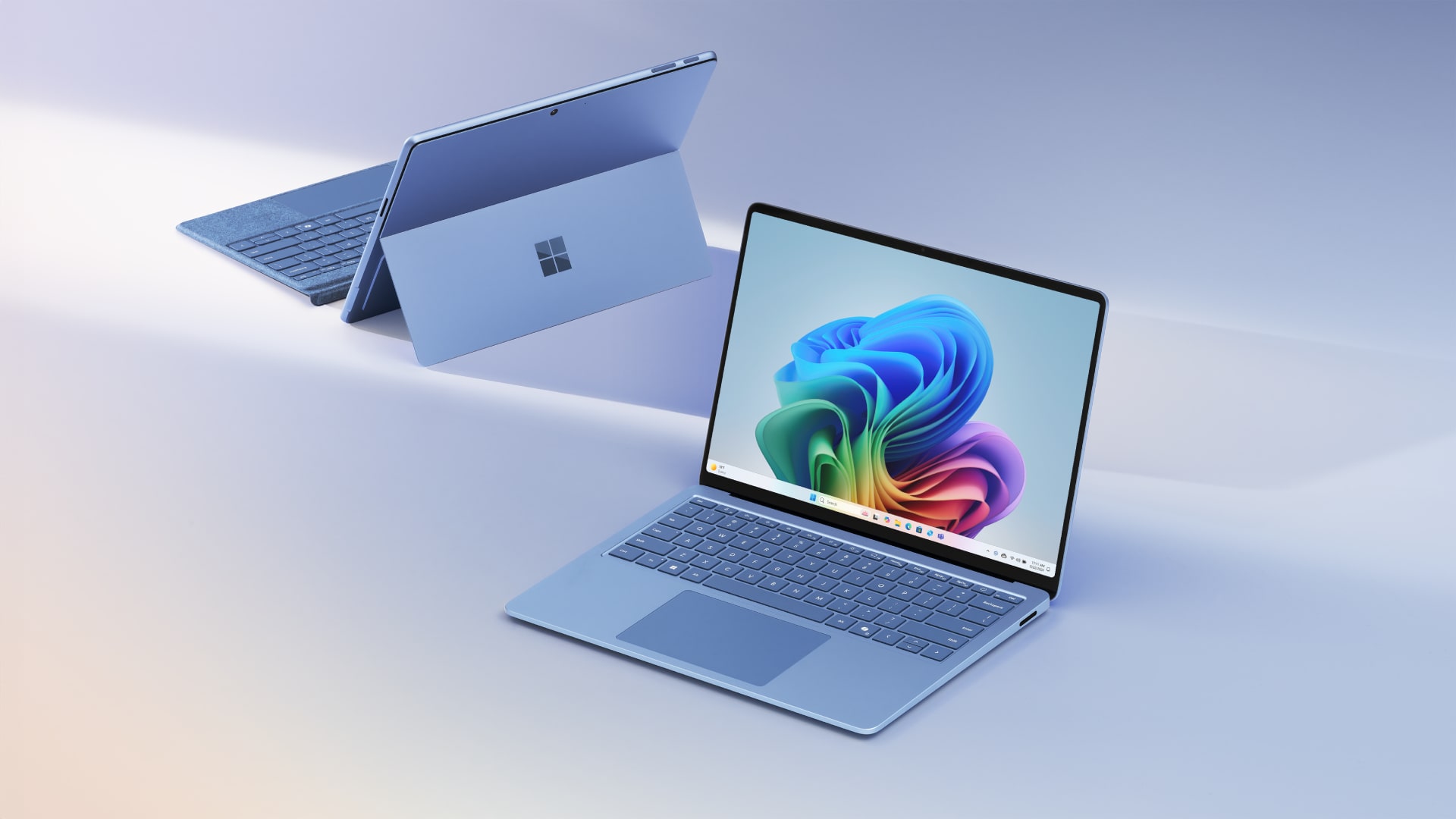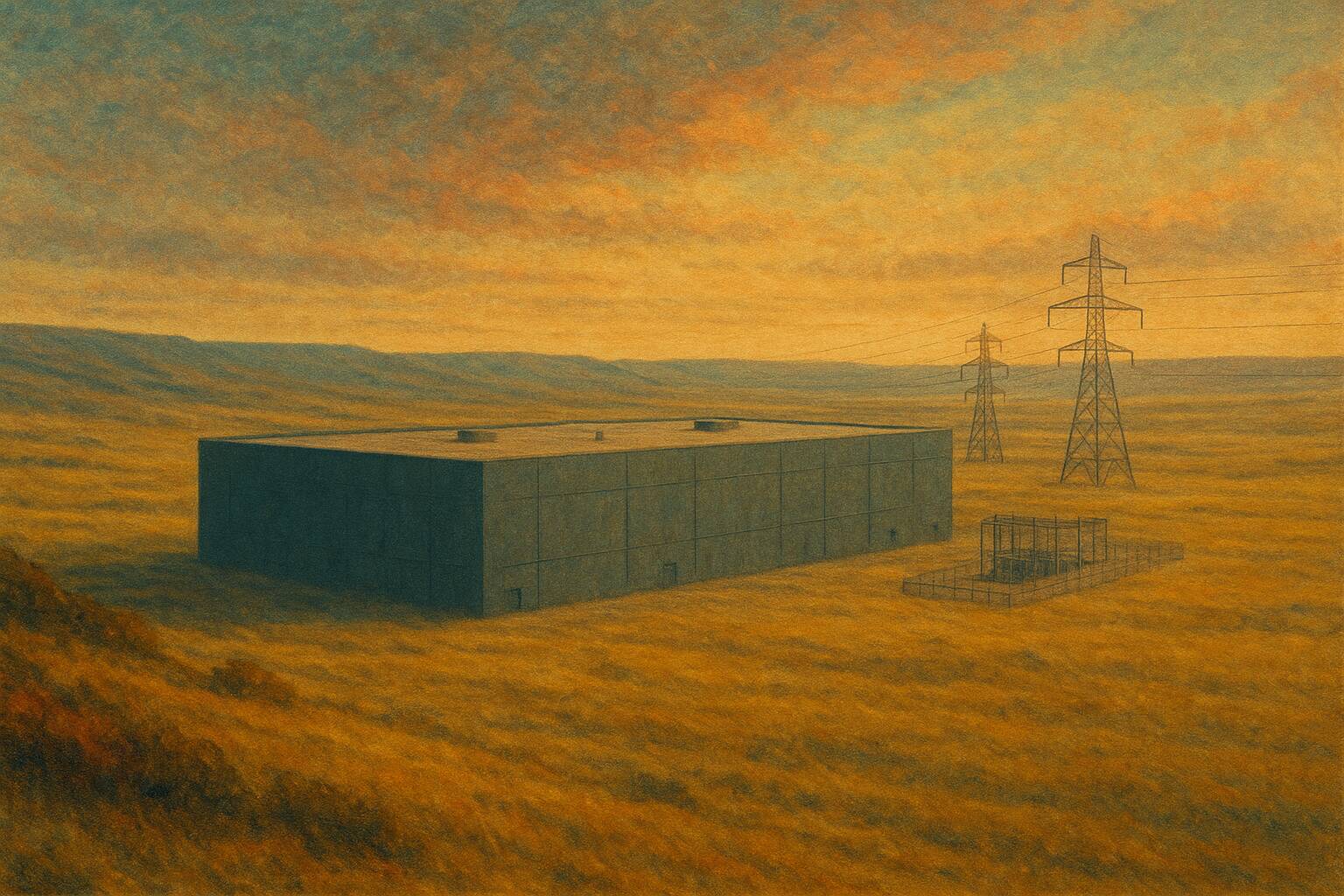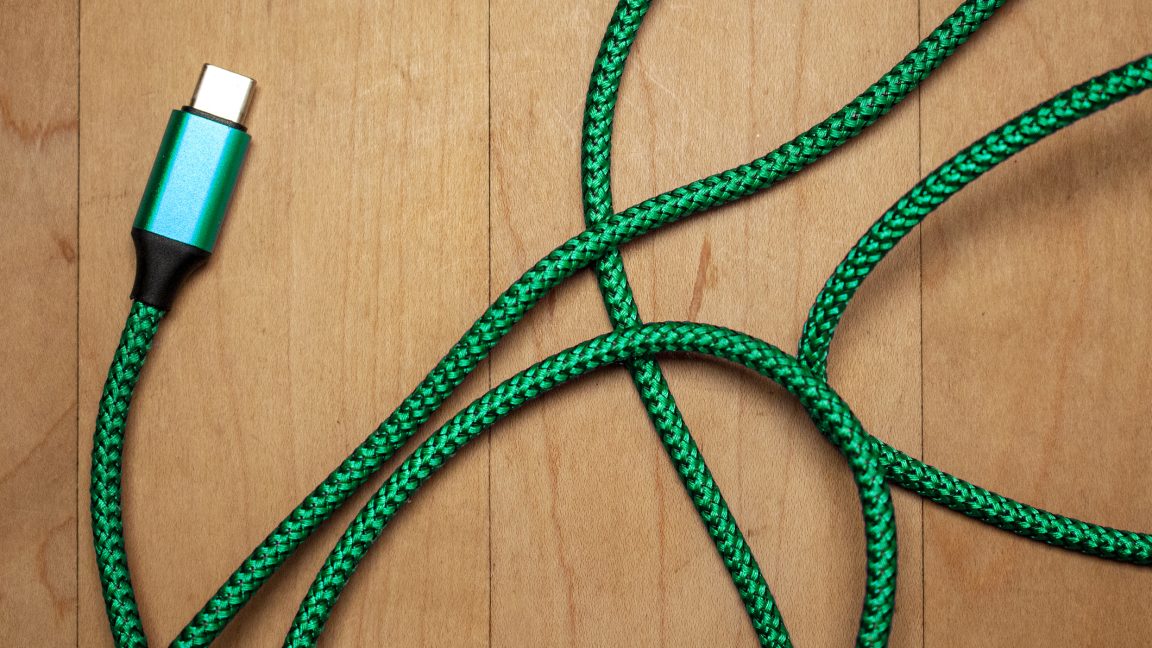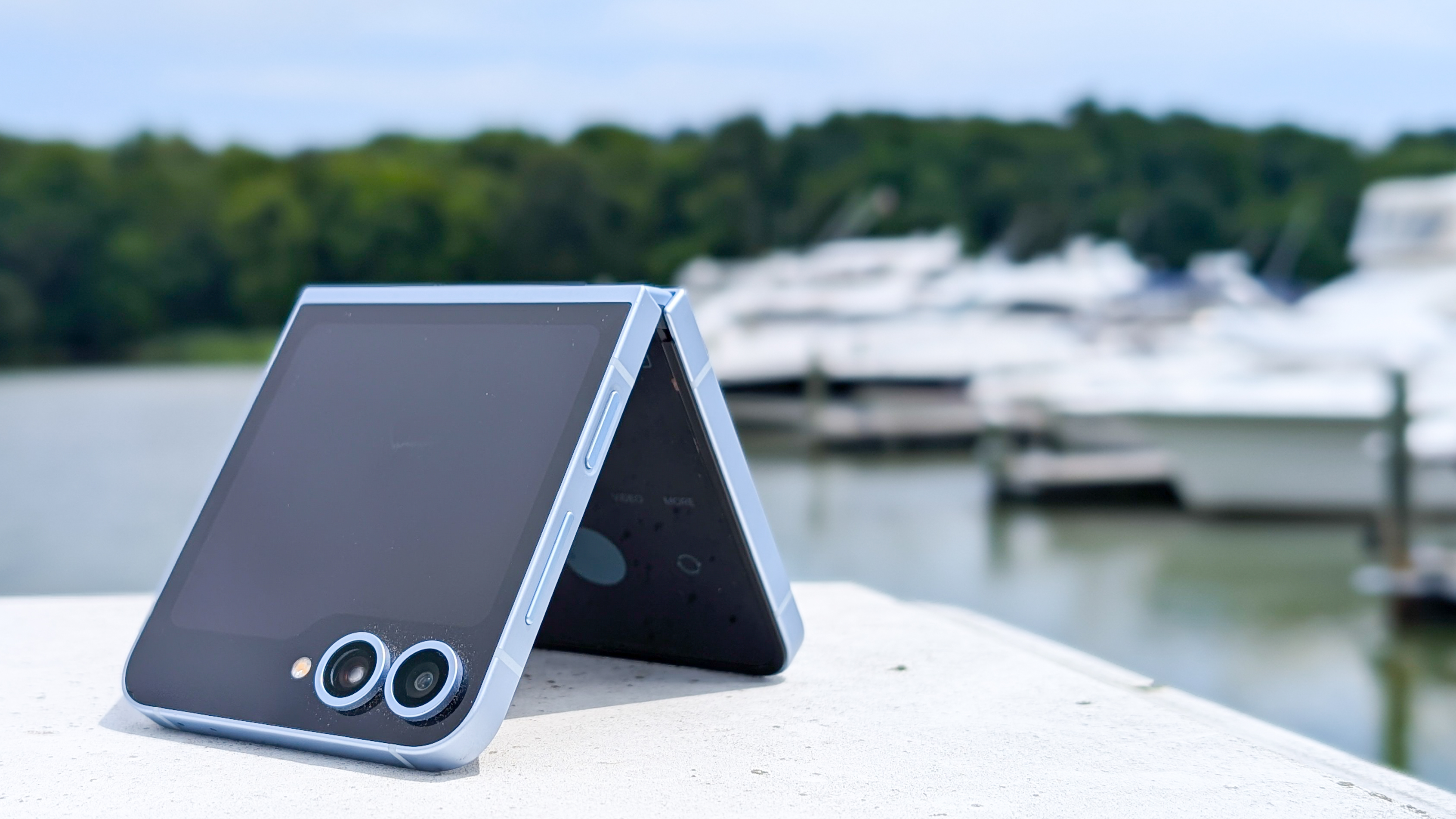The Sage Barista Impress is so satisfying to use, I just want to make lattes all day
Using its lever to tamp down the perfect puck of coffee will never get old.

I'm lucky enough to test some of the best coffee makers around for TechRadar, but the Sage Barista Touch Impress (known as the Breville Barista Touch Impress outside of the UK) is the most satisfying I've ever used. It's all thanks to the Impress Puck System, which lets you create a perfectly-formed bed of coffee in the filter basket by pulling down a lever on the side of the machine – and it's brilliant.
I've been using the Barista Touch Impress for a few days now and, so far, it's been an absolute pleasure. It's around half the price of the De'Longhi Primadonna Aromatic I reviewed recently, but still has the feeling of a premium bean-to-cup espresso machine.
It's supplied with single-walled and pressurized filter baskets (the latter of which make it easier for new users to create a well-extracted espresso), the portafilter feels reassuringly weighty in the hand, and it's supplied with a full set of cleaning tools that sit tidily in a storage drawer behind the drip tray.
It also comes with an 'eco starter kit', which contains sachets of descaler, group head cleaner, grinder cleaner, and steam wand cleaner, together with a nice microfiber barista cloth. It's a thoughtful addition, and the machine will walk you through each of the cleaning processes when it's time to freshen things up.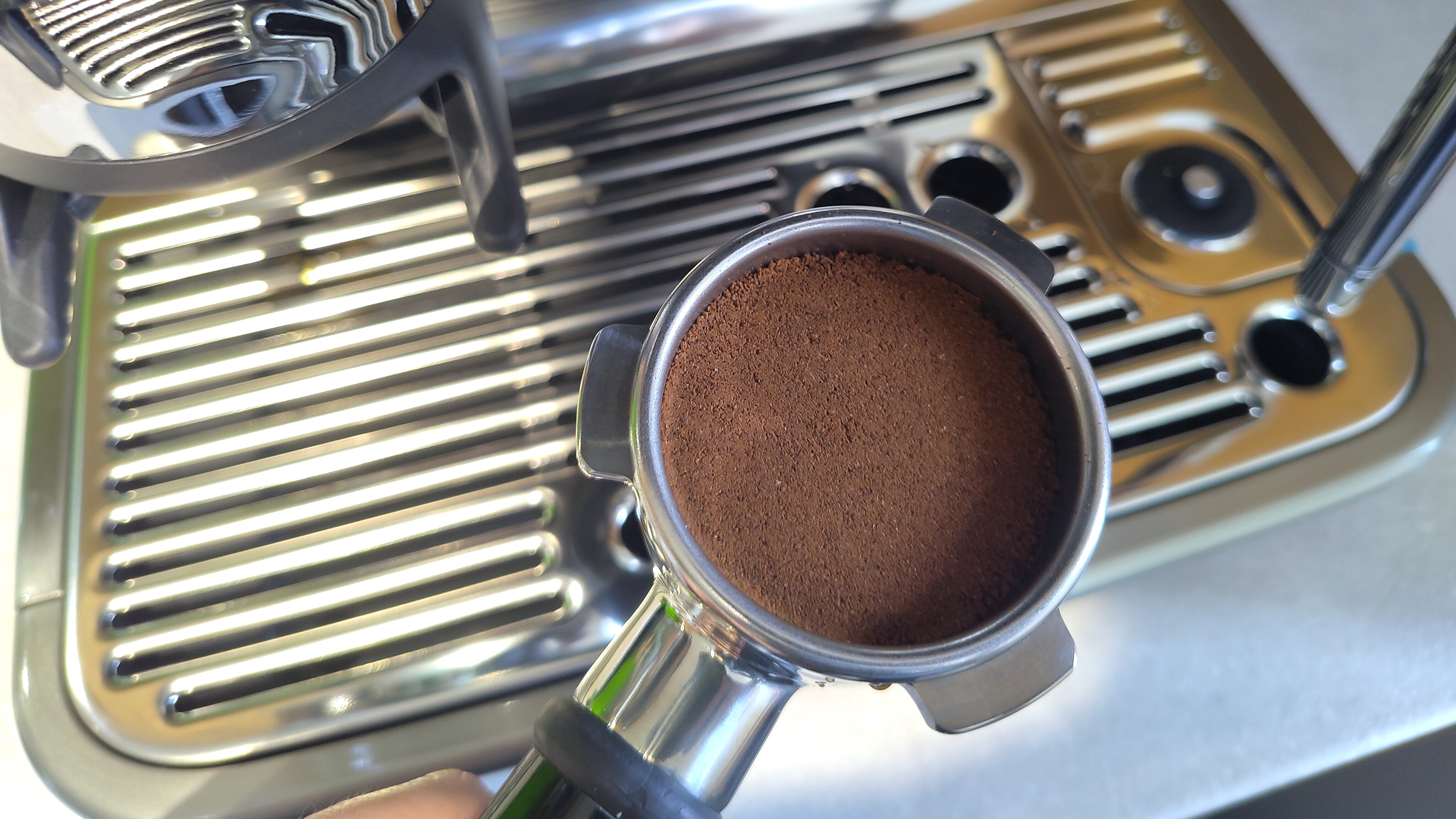
You also get a water filter as standard. Some of the best espresso machines come with one, while others require you to buy one separately if you live in a hard water area, or just to remove impurities that might affect the taste of your coffee.
There's a water testing strip to determine the hardness of your tap water and, if it's particularly hard, Sage recommends using filtered water instead. You should never use distilled water in an espresso machine, though. Not only can it make coffee taste flat, it's a poor conductor of electricity, which can throw off the water level sensors that let the machine know if the tank is sufficiently full.
Time to grind
One of the trickiest parts of being a barista is choosing the right grind size for your coffee beans (a process known as 'dialling in'). Too large and the water will flow through to coffee too quickly, and only the sour flavor compounds will dissolve in the water. Too fast, and you'll get the sweet flavors you want, but also bitter compounds that leave your mouth feeling dry.
Think of the difference between water running through a bucket of marbles and a bucket of sand. The marbles have larger gaps in between, so the water moves through quickly.
The Sage Barista Touch Impress doesn't do all the work of dialling in for you, but makes it as easy as possible and helps you understand the process. If you want to switch to a fully manual espresso machine at a later date, you'll be able to hit the ground running.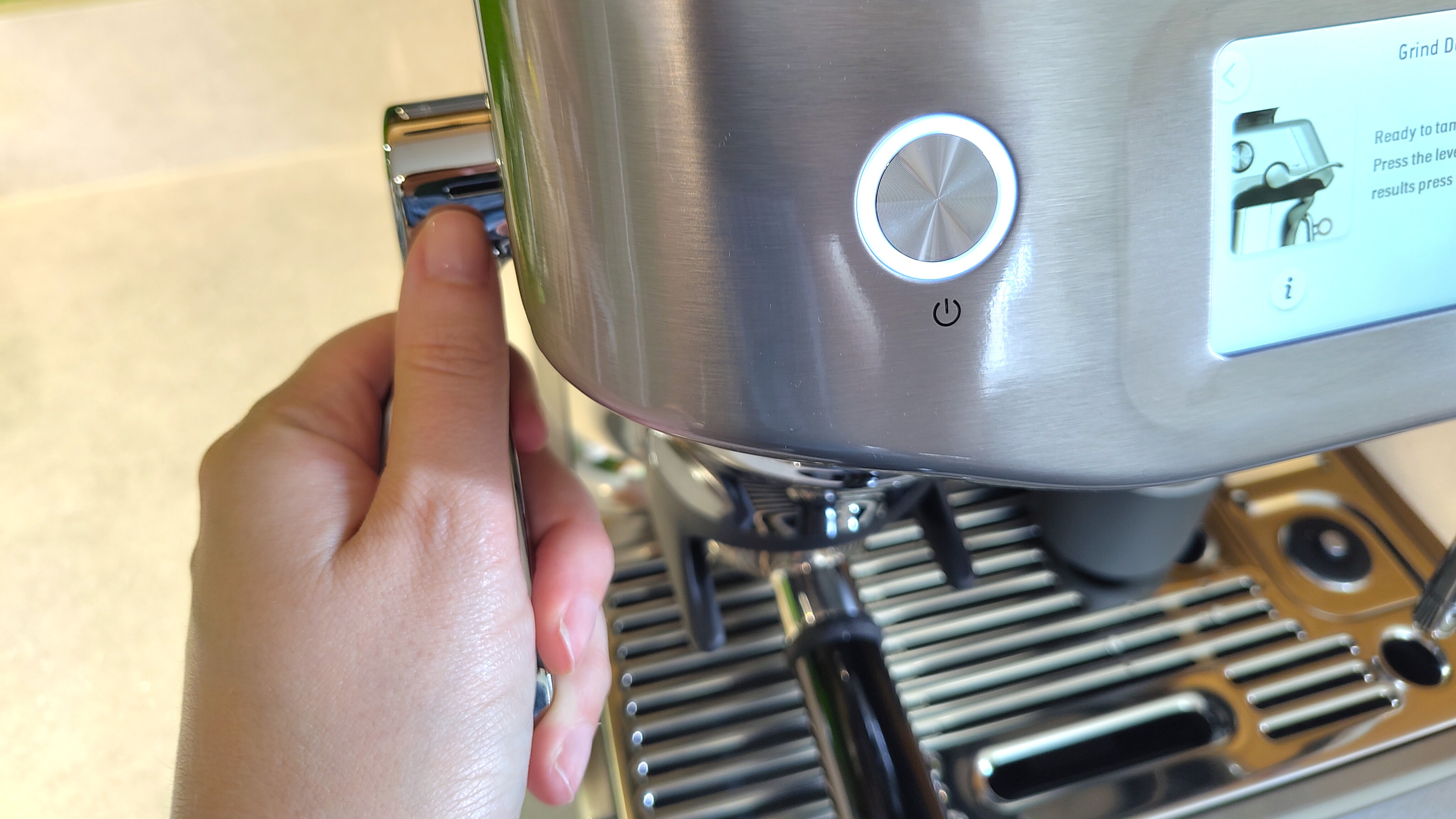
After filling the water tank and loading up your preferred beans, the Barista Touch Impress will walk you through the process of making your first coffee. Your initial options are espresso, long black, latte, cappuccino, and flat white. There are, though a lot more options available (both hot and cold) once you’ve completed the initial setup – indeed, I'm not sure what a 'shakerato' is, but I look forward to finding out as it sounds tasty.
Insert a basket into the portafilter handle, then push it under the grinder spout and tap the picture of a basket on the touchscreen to get started. The Barista Touch Impress will grind a portion of beans straight into the basket for you, then – and this is the fun part – prompt you to pull down the lever on the left-hand side of the machine to tamp it down. You don't need to apply much pressure at all, but it's very satisfying. You're advised to pull it down twice each time. Double the fun.
Cleverly, the machine will detect how much force was required to tamp the coffee, and will suggest adding more coffee to the basket if there wasn't enough. Depending on your chosen beans and the grinder setting, you might need to do this a few times but, once you've got the ideal amount in the basket, the Barista Touch Impress will record the total dosage for next time.
Brews for you
Now it's time to twist the portafilter into position under the group head and begin brewing your first espresso. Ideally, it should take around 36 seconds to pull a shot of espresso (give or take a few seconds either side), and the Barista Touch Impress will time it for you. If it's taking too long, you'll be warned that the drink might taste sour and asked whether you're happy to go ahead, or you want to start again with a larger grind size. If the shot is pulled too fast, the machine will advise that it might taste watery.
In either case, the Barista Touch Impress will suggest an alternative grind size, which you can set by turning a dial near the tamping lever. It might take a few attempts to dial the grinder in perfectly and it may seem like you're using quite a lot of coffee, but it's just part of the process. You don't want to know how many beans a trainee barista goes through when learning the ropes. It's a lot.
When you've eventually created a perfectly balanced espresso, the full menu of drink options will be unlocked and you're free to begin experimenting.
So far, I've only scratched the surface of what this great bean-to-cup machine can do, but I'm already thoroughly enjoying it. I'll bring you a full review once I've explored everything it's capable of and determined whether it deserves a place in TechRadar's roundup of the best bean-to-cup coffee machines. Now, if you'll please excuse me, I need to get some more beans.








